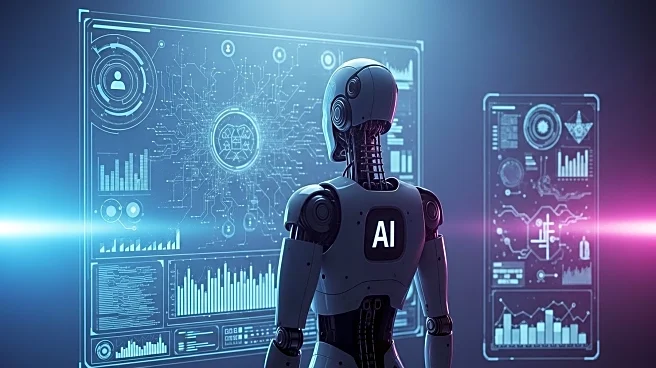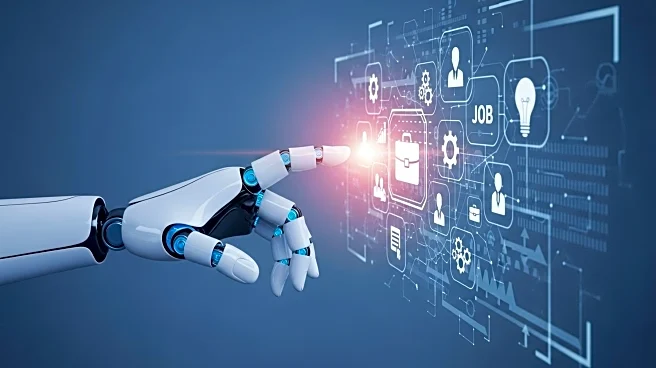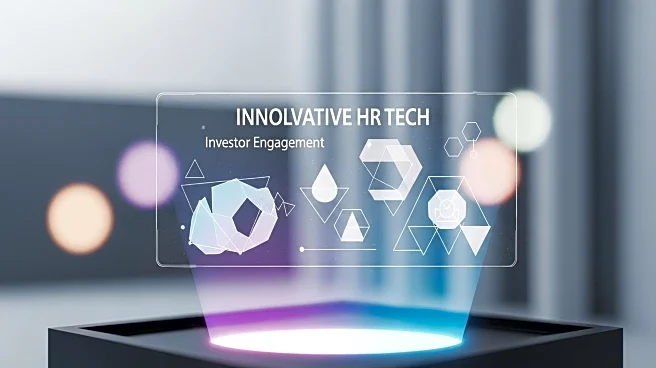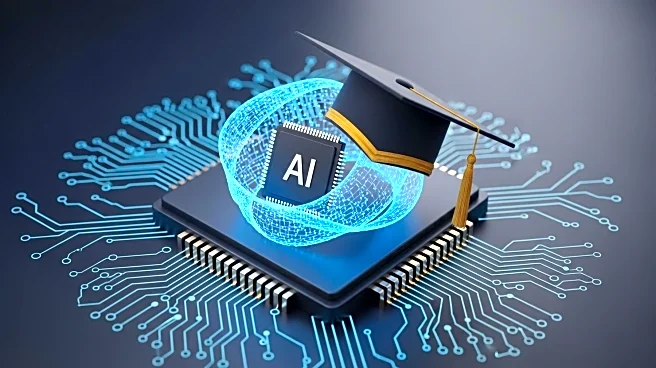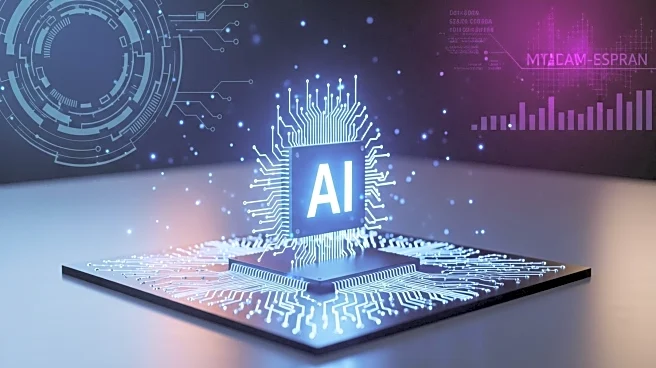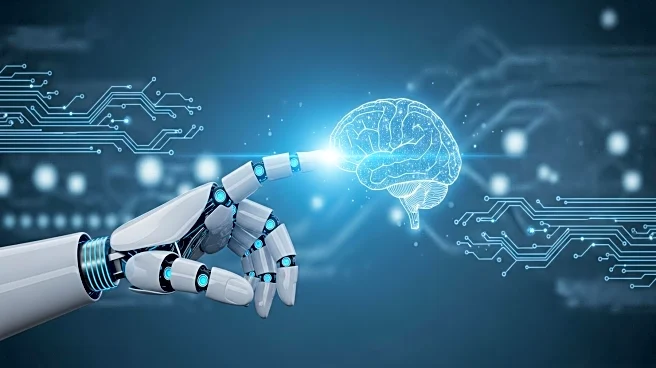What's Happening?
Artificial intelligence is increasingly transforming the hiring process, particularly through the use of Applicant Tracking Systems (ATS). These systems help organizations manage large volumes of applications by filtering and ranking candidates. ATS offer varying levels of sophistication, from basic keyword searches to predictive tools that assess candidates' fit with organizational culture and values. While ATS streamline recruitment and reduce uncertainty, they also raise concerns about their reliability and limitations. The systems rely on candidates' resumes and cover letters, which are not standardized and can vary greatly in terminology and detail. This variability affects the algorithm's ability to accurately evaluate candidates, especially for roles with fluid requirements.
Why It's Important?
ATS have the potential to significantly improve the efficiency and consistency of the hiring process, providing a first filter for large applicant pools. However, their effectiveness depends on the clarity of job profiles and the quality of candidate documentation. For roles with less defined requirements, ATS may overlook crucial qualities, leading to potential biases and missed opportunities. The growing reliance on ATS in hiring practices highlights the need for a balanced approach that combines technology with human judgment to ensure fair and effective recruitment.
What's Next?
Organizations are encouraged to use ATS as a first filter and complement them with other selection methods, such as structured interviews and work-sample tests, to reduce uncertainty. Candidates should prepare resumes that cater to both algorithmic and human audiences, ensuring clarity and accuracy. As ATS become standard in hiring practices, both managers and candidates must adapt to this digital innovation while minimizing its blind spots.
Beyond the Headlines
The integration of AI in hiring processes raises ethical considerations regarding bias and fairness. While ATS offer efficiency, they also risk perpetuating existing biases if not carefully managed. The challenge lies in balancing the benefits of technology with the nuanced understanding of human capabilities, ensuring that hiring decisions are both efficient and equitable.

